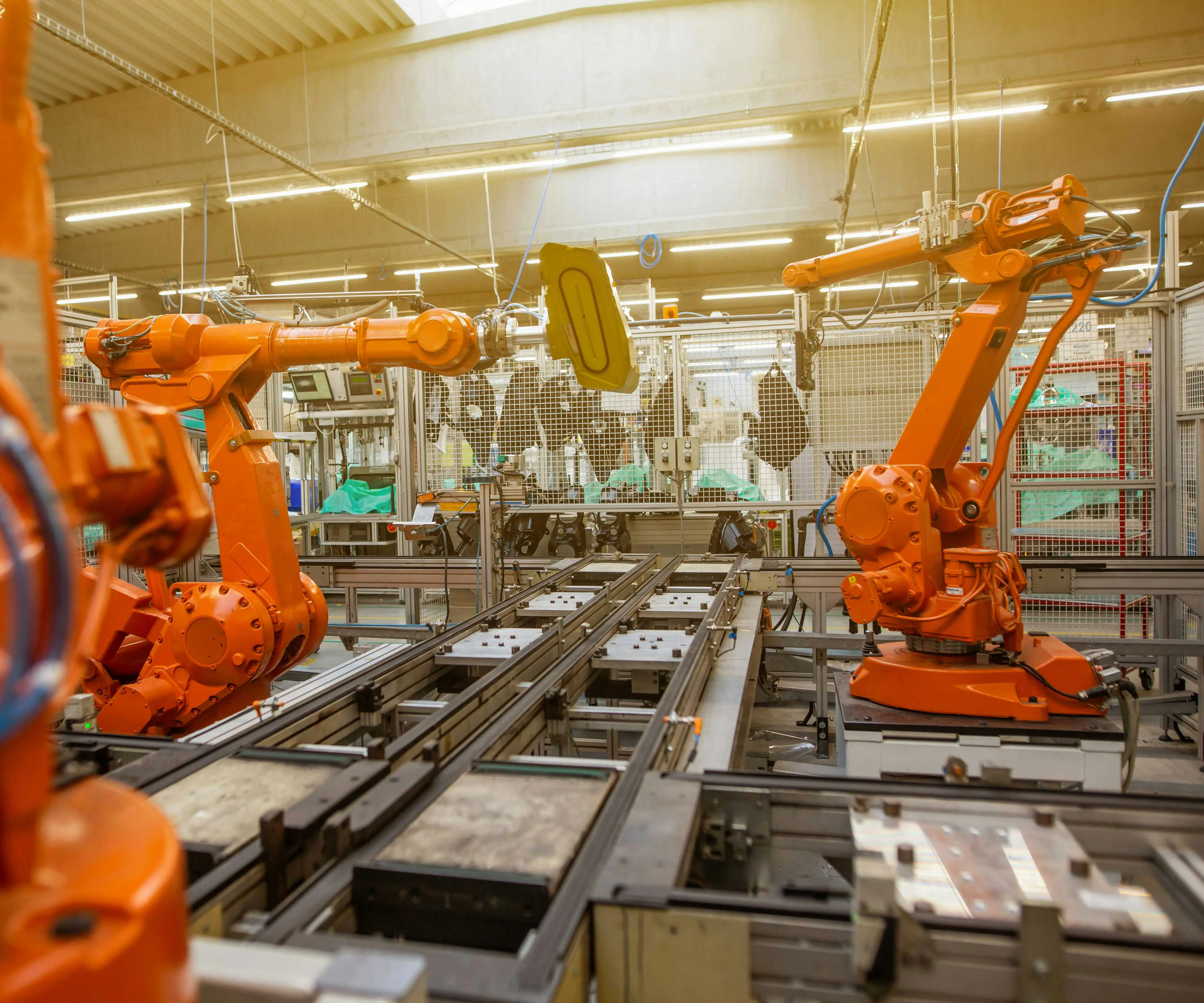Imagine a world where IoT devices no longer operate in isolated silos, but instead, work seamlessly together, adapting in real-time. That’s the core promise of IoT edge microservices — a game changer for factories, smart cities, and beyond. It’s like giving your network a brain that’s not overly centralized, but smart enough to handle complex tasks locally. Less latency, more agility — that’s what makes this approach irresistible.

Let’s talk about the real benefits. Security? Absolutely, because sensitive data doesn’t need to zip back and forth over the network constantly. Instead, it stays close to where it’s generated, reducing risk and exposure. And imagine the cost savings — if each microservice runs on lightweight containers, scaling up or down becomes a breeze. No more over-investing in core infrastructure. Flexibility? It’s baked right in. Want to add a new sensor or device? Drop in a microservice and make the system smarter without upheaving the whole setup.
People often wonder, “Can these microservices handle the diversity of devices out there?” The answer is yes. Microservices are modular by nature. One handles data collection, another manages analytics, and yet another manages security—all independent but interconnected. This modular design means updates or troubleshooting can happen without shutting everything down. It’s like changing a lightbulb while the rest of your system keeps humming along smoothly.
Some ask if this added complexity complicates things. Honestly, it’s the opposite. When you manage small, focused services rather than one monolithic application, you get clarity. Each component does its part perfectly, and you can fine-tune or replace parts with minimal fuss. That’s a major advantage over traditional setups, which often turn into tangled messes when scaling or troubleshooting.
The compatibility issue pops up, too. Not a problem here. Core microservice frameworks are built to work across different hardware and network environments. It’s like having a universal key that fits into every lock, but just as flexible. That means faster deployment on a variety of edge devices, whether it’s a rugged industrial sensor or a sleek city-wide surveillance system.
What about future-proofing? IoT is evolving fast, and microservices align with that pace. They foster innovation because you can develop and deploy new features quickly. Imagine rolling out a security patch or an improved analytics engine without halting entire systems. That agility keeps you ahead of the curve.
In the end, embracing IoT edge microservices isn’t just about technical upgrades. It's about transforming operations into a more resilient, responsive, and smart ecosystem. Businesses can react faster to issues, optimize resources better, and open doors for new services or business models. The question isn’t whether to adopt it but how soon you want to start turning your IoT environment into a lean, mean, intelligent machine.
Established in 2005, Kpower has been dedicated to a professional compact motion unit manufacturer, headquartered in Dongguan, Guangdong Province, China. Leveraging innovations in modular drive technology, Kpower integrates high-performance motors, precision reducers, and multi-protocol control systems to provide efficient and customized smart drive system solutions. Kpower has delivered professional drive system solutions to over 500 enterprise clients globally with products covering various fields such as Smart Home Systems, Automatic Electronics, Robotics, Precision Agriculture, Drones, and Industrial Automation.




































